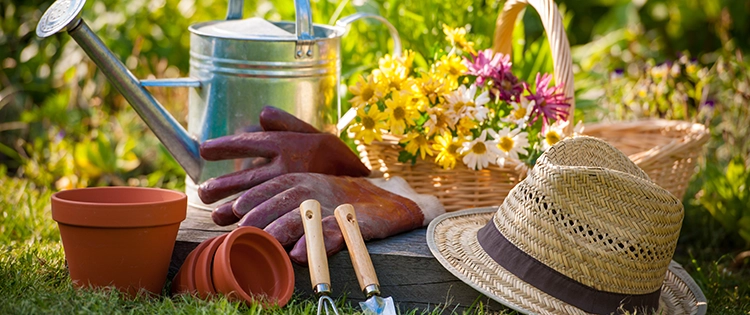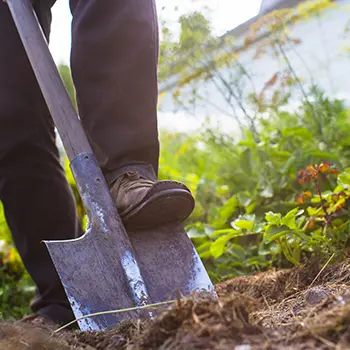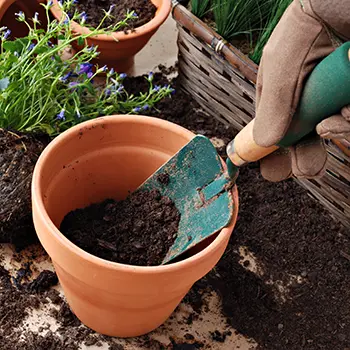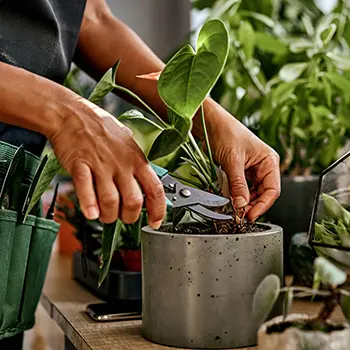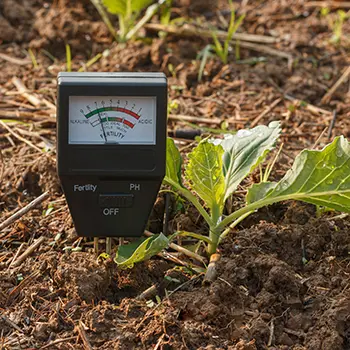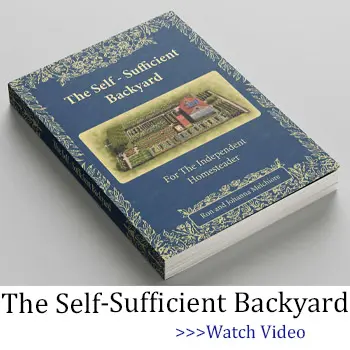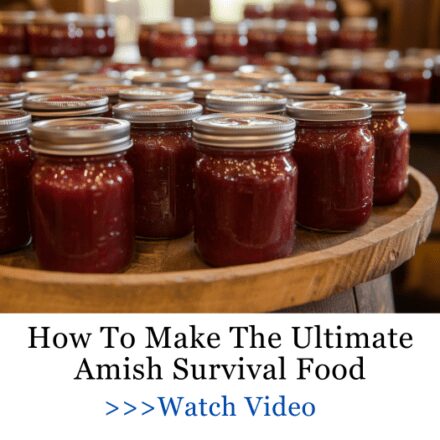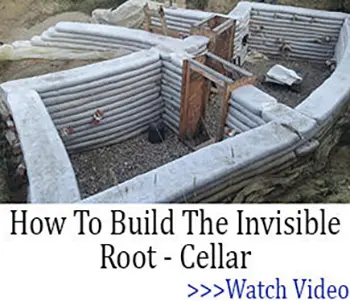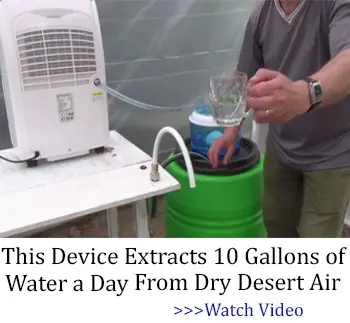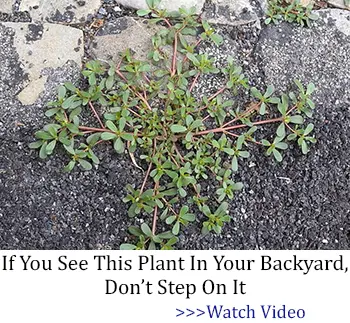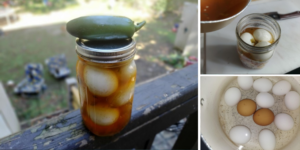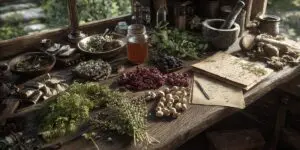Having the right tools can make all the difference between a thriving garden and a struggling one. With the proper tools, you can ensure healthy planting, adequate maintenance, and effective care of your garden.
However, choosing the right gardening tools can be a little difficult, especially for beginners. In this guide, we will talk about 15 gardening tools that must be available in every gardener’s kit.
1. The Essential Digging Tools
When it comes to gardening, including no-till gardening, you’re probably going to spend most of your time digging. These are some of the useful digging tools that must be available at your disposal.
Shovel
A shovel is a versatile gardening tool that’s used for digging, transplanting soil, creating shallow trenches, and removing debris. Gardeners are usually required to work with different types of shovels to maintain a perfectly landscaped garden. Some of the different kinds of shovels include:
- Edging Shovel: Helps define lawn edges with its long shaft and footplate for easy pressure application.
- Trench Shovel: Perfect for shallow digging and tidying deep trenches left by heavier tools.
- Flat Shovel: Ideal for scooping with its flat, slightly concave blade—great for moving soil, mulch, or gravel.
- Tree-Planting Shovel: Speeds up tree planting with its narrow, curved, or pointed blade for versatile hole sizes.
Hand Trowel
Hand trowels are a common tool found in gardening sheds. This small yet extremely useful tool is used for precision planting. It allows you to place seeds or seedlings exactly where you want them in your garden beds.
Other than this, hand trowels are also used to remove unwanted plants from tight spaces effortlessly. Whether transplanting delicate plants or gently digging in confined areas, this tool is gardeners’ go-to choice for garden maintenance.
Garden Fork
A garden fork, also known as a digging fork or spading fork, is essential for maintaining healthy soil in your garden. Its sturdy trines are used for aerating and loosening compacted soil, which helps improve water and nutrient absorption for your plants. Additionally, a garden fork is also great for mixing and aerating compost piles, making rich soil for plants.
2. Tools for Planting and Transplanting
Some of the essential tools that every gardener needs for planting and transplanting gardening tasks include:
Transplanting Spade
A transplanting spade is like a modified shovel that features a long handle, which makes it easier to use from a standing position. It is typically used for gently handling delicate seedlings during planting. Moreover, the precise blade design makes it easier for gardeners to dig in compact and confined garden spaces.
Dibber
A dibber is a pointed wooden stick that is used for making holes in the ground so that seeds and bulbs can be precisely placed at the correct depth for optimal growth. Dibbers usually come in several different designs, which include a straight dibber, an L-shaped dibber, a trowel dibber, and a T-handled dibber.
Seedling Tray
Seedling trays are designed specifically to hold multiple seeds from germination until they are ready for transplanting. This method helps to organize and monitor the growth of various seeds, ensuring optimal nutrient availability for each seed. It provides a structured environment for seeds to sprout and develop, ensuring they receive the necessary care and attention at every stage.
3. Cutting and Pruning Tools
Proper cutting and pruning are vital for the health of your plants. Make sure you have the below tools for cutting and pruning your plants with ease:
Secateurs
Secateurs are indispensable tools for maintaining a neat garden. These are usually used for precision pruning, which helps promote plant vitality. Secateurs typically come in different designs. The most common ones include:
Anvil secateurs: These feature a blade that closes against a flat surface. Anvil secateurs are commonly used for cutting thick branches.
Bypass secateurs: Similar to scissors, bypass secateurs feature two blades that glide past each other and are usually used for cutting delicate stems.
Pruning Saw
A pruning saw is the ideal gardening tool for heavy pruning tasks that can’t be handled with secateurs. It is used for cutting and maintaining thick branches of different sizes. It is especially useful for tree maintenance as it helps make clean and precise cuts, promoting the overall health and shape of your trees.
Hedge Shears
Hedge shears are used for shaping and trimming hedges, allowing you to sculpt them according to your desired sizes and forms with precision. They play a crucial role in maintaining the neat and aesthetically pleasing appearance of your garden, ensuring that your outdoor space looks well-groomed and inviting.
Hori-hori
The Hori-Hori is a versatile gardening tool that can easily replace a trowel for digging holes. Its sharp, serrated edge allows for effortless cutting of twine or opening compost bags. It is a useful tool for various gardening tasks, including planting, weeding, or simply tidying up your garden.
4. Maintenance and Measurement Tools
Having the right maintenance and measuring tools makes gardening a much better experience. Three of these tools include:
Watering Can
A watering can ensure that your plants receive the right amount of water for healthy growth. These cans feature an efficient design that allows for precise and controlled watering, minimizing water wastage. Watering cans come in a variety of styles and sizes, from traditional metal cans to modern plastic ones, catering to different garden sizes and watering preferences.
Soil pH Tester
The pH of the soil directly impacts the availability of essential nutrients to plants. A pH tester is used to check the level of acidity or alkalinity of your soil. This can help you create the optimal growing conditions for your plants, ensuring they receive the nutrients they need to grow.
Gardening Gloves
Gardening gloves are a must for keeping your hands safe and comfortable while working in the garden. When picking gloves, consider materials like leather for durability, synthetics for flexibility, and nitrile-coated for a balance of protection and grip.
5. Storage and Organization
A well-organized garden begins with proper storage solutions for your essential tools. For this purpose, every gardener should have:
Toolbox
A Toolbox is like a gardener’s best friend! It ensures that all necessary tools are readily accessible and neatly organized. With tools kept in one convenient place, it saves time and effort during gardening tasks. While picking a toolbox for your gardening, make sure it is portable and easy to transport around the garden.
Tool Rack
A tool rack provides organized storage for gardening tools and equipment, which helps prevent tool misplacement and damage. Providing proper storage enhances efficiency and prolongs tool lifespan in the garden.
By assembling a well-equipped kit, you can ensure that your garden thrives, regardless of your gardening expertise level. So, roll up your sleeves, grab your tools, and make your green sanctuary flourish. Happy gardening!
Amish Powerless Tools For A World Without Power
Do You Make These Fatal Mistakes in a Crisis? (Video)
15 Things You Should Teach Your Children That Can Save Their Lives

